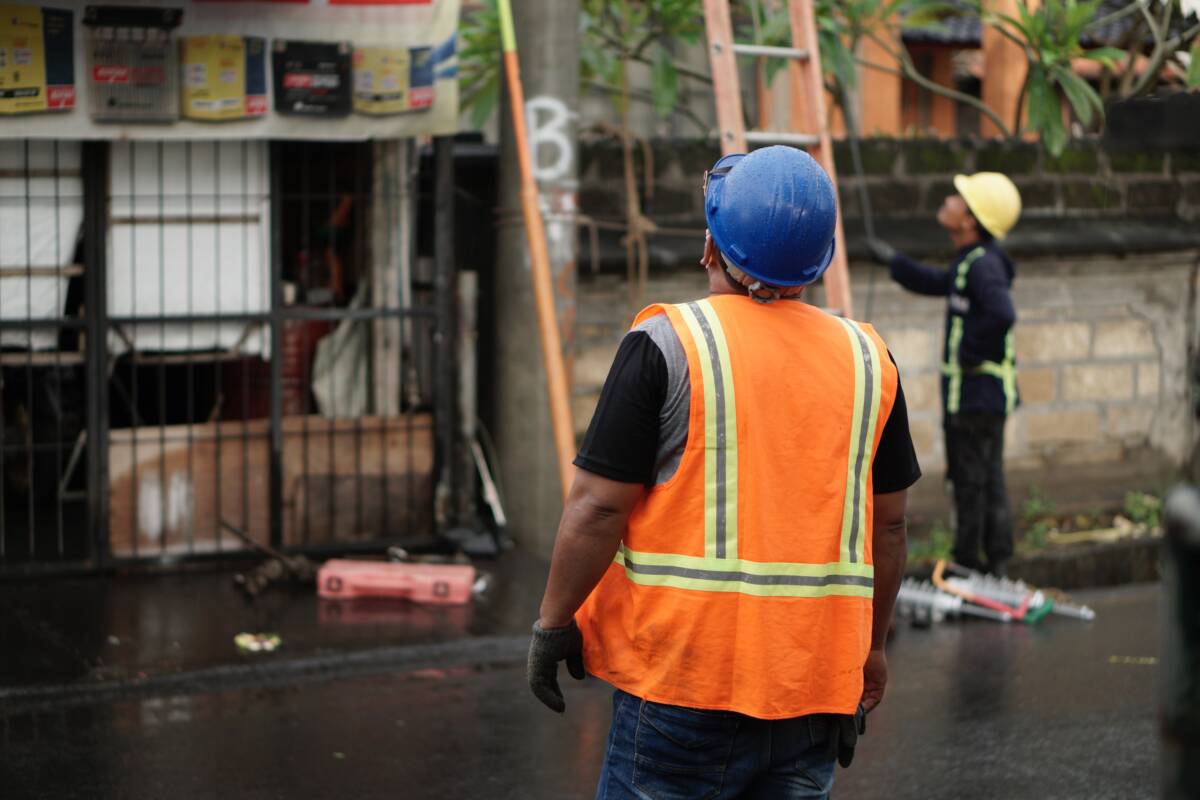Jakarta, May 2023 - Indonesia has made important commitments to achieve climate and development targets, and it has begun to pay attention to reducing carbon emissions while at the same time strengthening economic and social resilience. As a developing country, committing to decarbonized development while maintaining economic growth is critical, particularly for Indonesia, which has…



